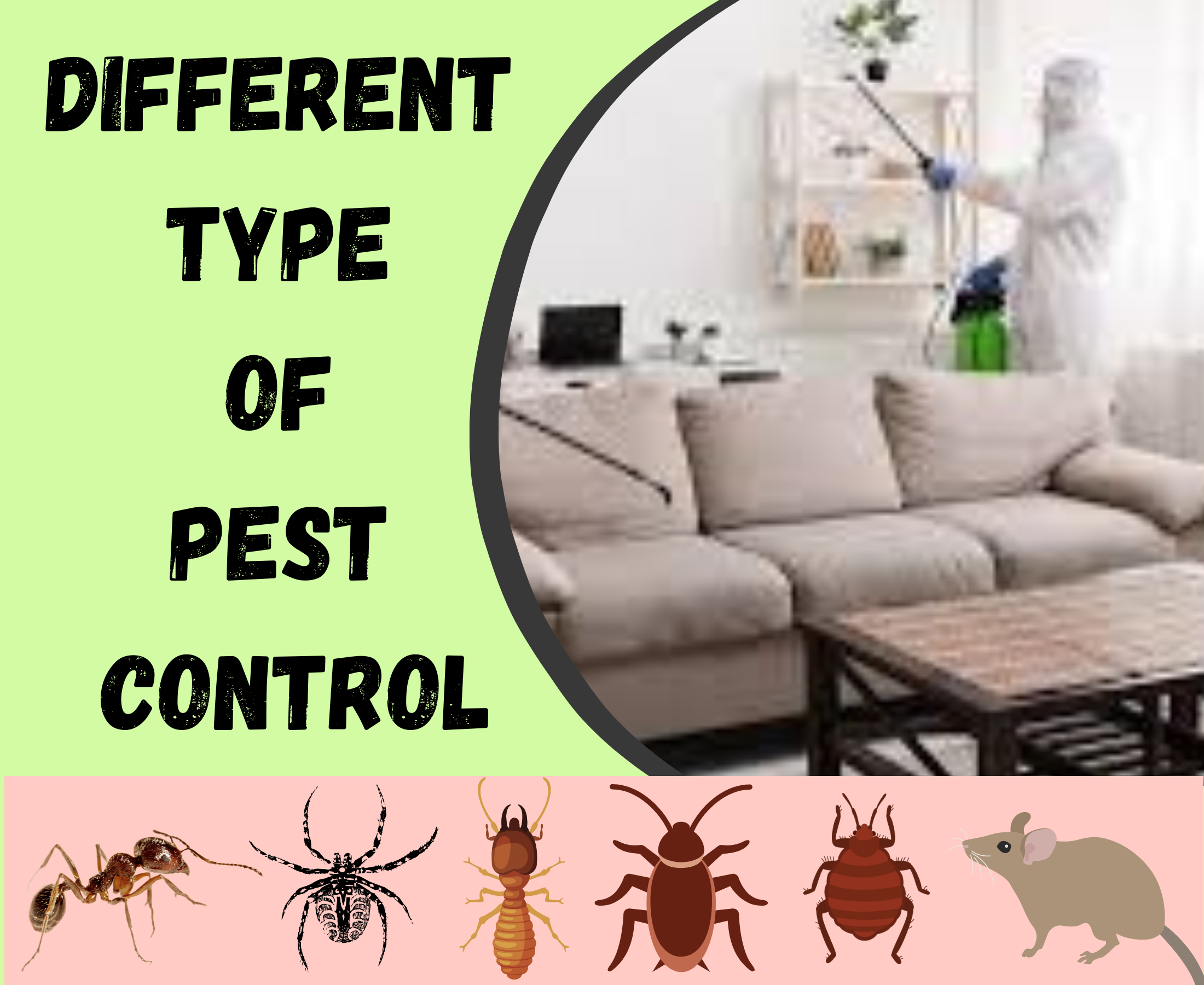What Does Pestwise Mean?
What Does Pestwise Mean?
Blog Article
Getting My Pestwise To Work
Table of ContentsThe Basic Principles Of Pestwise An Unbiased View of PestwiseAn Unbiased View of PestwiseExcitement About PestwiseOur Pestwise DiariesPestwise for DummiesHow Pestwise can Save You Time, Stress, and Money.

Q. Specify "integrated pest management" (IPM) and checklist several feasible control techniques that may be made use of in an IPM method. A. Integrated insect management is the incorporating of proper insect control tactics right into a single plan to lower bugs and their damages to an acceptable degree. Parasite control techniques may include: host resistance, organic control, social control, mechanical control, hygiene, and chemical (chemical) control.
Pestwise Can Be Fun For Anyone
What can you do to maintain the bugs you are trying to regulate from coming to be resistant to the chemicals you utilize? A. Parasite resistance can be decreased by utilizing incorporated pest administration and turning the kinds of pesticides utilized.
Parasites are a critical danger to the farming organization, and integrated bug management helps cultivators address and reduce these threats. Integrated pest monitoring utilizes numerous approaches in complicated, therefore being a much more reliable service to the issue. Mosquito Control. Specifically, removing hostile chemical techniques enables for minimizing damage to people and the setting by utilizing natural and more secure options instead
Get This Report on Pestwise
The goal of integrated insect monitoring is to lessen this harm and control acceptable problem levels instead of eliminate all undesired populaces. This is why it is essential to understand what actions are justified in each case and usage aggressive ones just when various other integrated monitoring methods don't function. Integrated administration reduces the negative effects of a non-IPM technique, and the main benefits of IPM Benefits of IPM.
A proper understanding of the invasion range figures out if the problem ought to be dealt with. are the next elements of an IPM program since it is essential to recognize if the organisms make prospective risks and choose the incorporated monitoring alternatives or the specific chemical use. mean to minimize invasions by using different agronomic methods.
The Buzz on Pestwise
Integrated management alternatives in an IPM program start with much safer to more hostile ones. The prior incorporated monitoring elements assist comprehend exactly how to prepare and execute an IPM program step by step: Monitor your crops routinely.

Amongst others, IPM cultural methods consist of the complying with area monitoring strategies: dirt treatment; selection of ideal plants; crop rotation; interplanting or strip cropping; option of planting dates; weed control; usage of trap plants. Positive soil conditions speed up plant growth, and vigorous plants are a lot more resistant to infestations. Healthy plants and seeds determine successful crop growth, so it is important to select pest-free planting material with solid roots.
Therefore, to name a few applications, plant rotation can be effectively made use of as an integrated pest monitoring approach. Vermin spread slower if rows of different crop types divide their host plants in intercropping or strip chopping, which is also made use of in the integrated insect management system. Conversely, problems enhance when plants of the very same plant type or family grow with each other.
, as well as tomatoes. Growing catch plants in patches is one more alternative for IPM intercropping. This integrated bug management method recommends drawing in pests to certain plants and then managing them with chemical or mechanical strategies.
The 5-Second Trick For Pestwise
Obstacles are normal examples of physical IPM techniques. Fully grown bugs or their eggs and larvae are accumulated by hand her response and ruined.

Department of Plant Sciences. College of Missouri. Soil solarization is a reliable incorporated management strategy to sanitize the field by warming it in a natural means. This integrated monitoring method suggests a common means of ruining pests by predators, parasitoids, pathogens, and various other organic control representatives (aka hostile organisms). The duty of biological control in IPM is to.
Pestwise for Dummies
With time, their populace became an actual hassle to farmers along with aboriginal kangaroos or dingoes. The walking cane toad is an additional instance showing integrated biological control failure hereof when it rejected to quest the target varieties and ended up being a bug itself. Parasitoids establish on or within their hosts to at some point eliminate them after developing.
Report this page